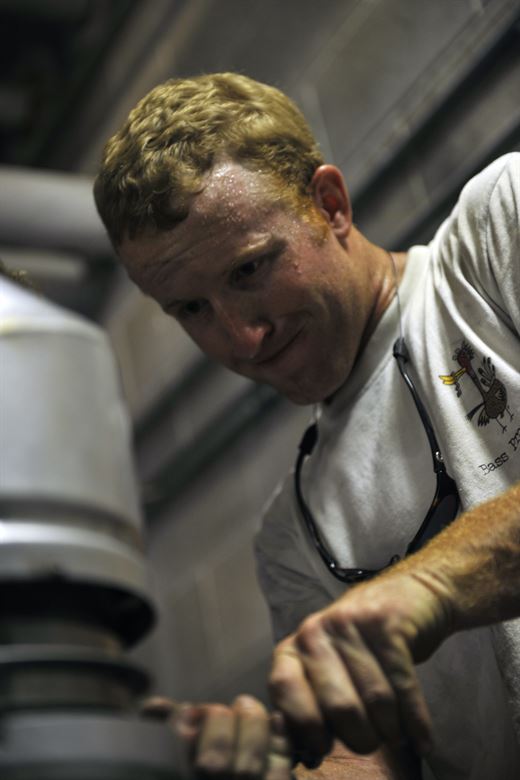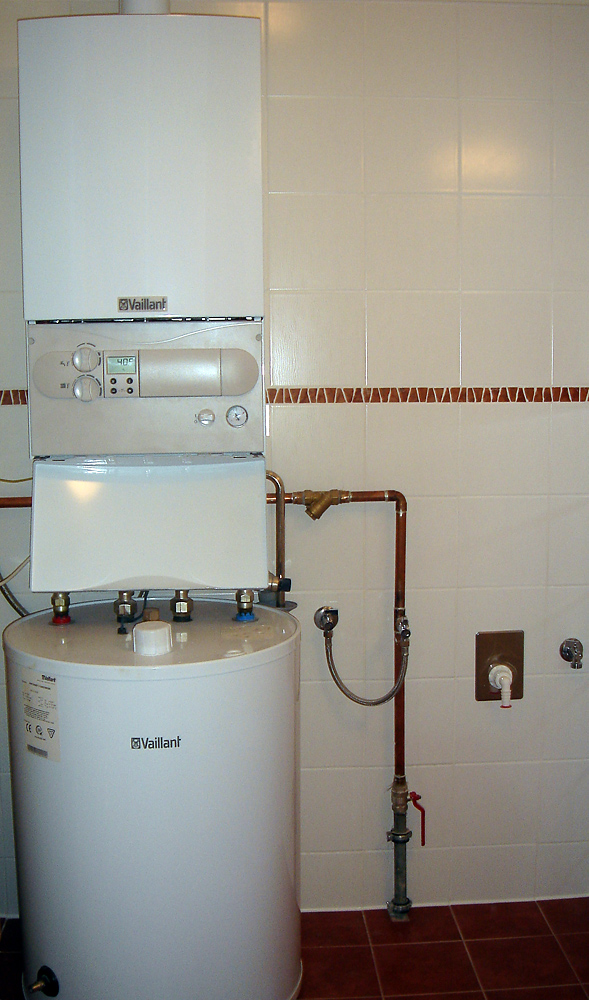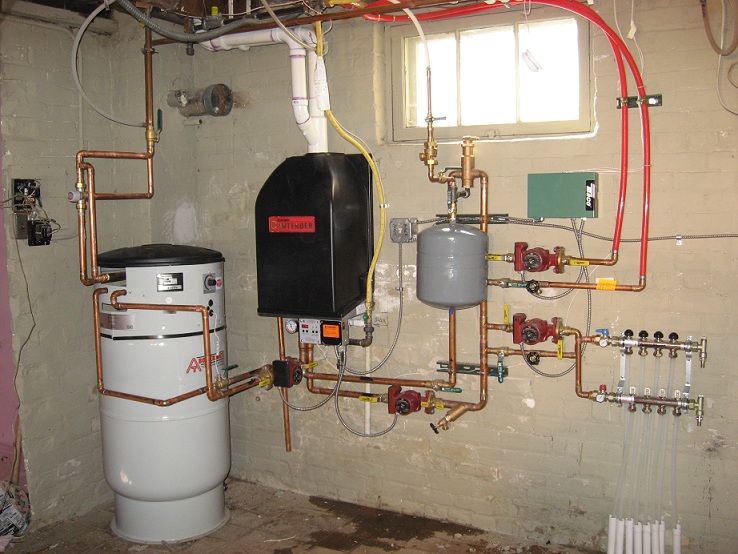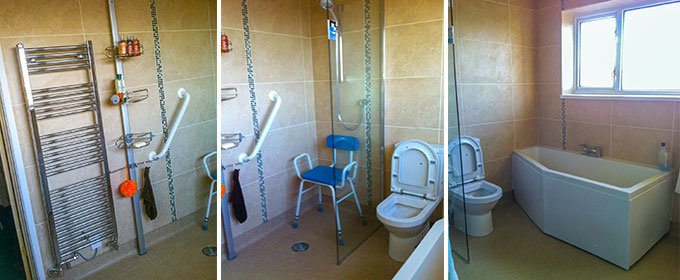10 Excellent Boiler Maintenance Tips to Ensure Warmth and Safety for Your Home
 When cooler weather is about to arrive, you might consider turning your boiler on. In that situation, you’ll first have to consider whether your boiler is in the best shape. To ensure this, it’s advisable to carry out some maintenance in early autumn. This will save your money and maybe even your life. No maintenance can make boilers faulty and faulty boilers can be deadly. Also, a well-maintained boiler will be far more efficient and reduce your fuel bills and thus save you money.
When cooler weather is about to arrive, you might consider turning your boiler on. In that situation, you’ll first have to consider whether your boiler is in the best shape. To ensure this, it’s advisable to carry out some maintenance in early autumn. This will save your money and maybe even your life. No maintenance can make boilers faulty and faulty boilers can be deadly. Also, a well-maintained boiler will be far more efficient and reduce your fuel bills and thus save you money.
1. Yearly Servicing
The best thing to do to get great peace of mind about your boiler is to get it serviced every year which will keep it running smoothly always. A professional Gas Safe engineer can do your gas boiler repair and make adjustments to the operation of the boiler to make sure that it is not only working efficiently but also safely. The professional will ensure that the main parts of the boiler are running and will clean accessible areas. Getting your boiler serviced in this way will make sure that it is perfectly ready for the heavy use in the months of autumn and winter.
2. Bleed Radiators
Upon first turning your boiler on, let it run for a while. You may perhaps see that some of the radiators are not heating up right away. This happens because the radiator contains air. You can find if there is air inside the radiator as the radiator will feel cold at the top and hot at the bottom.
By following these few tips, you can resolve this:
- Find a radiator key and an old cloth.
- Spread plastic on carpet to protect it from any possible leaks.
- Insert the key in the valve and slowly turn it anticlockwise for a quarter of a turn while holding the cloth beneath the key to catch any escaping water.
- As the air comes out of the radiator, a hissing sound will be heard.
- The sound will stop after a while and water should begin to come out of the radiator.
- Any excess water can be caught in the cloth.
- Now turn the key in the opposite direction and close the valve.
- Check the radiator now as it should be hot throughout its length.
- After bleeding the radiator in this way, check the pressure gauge on the boiler since it is possible that there will be a decline in the pressure and you may have to re-fill your boiler.
3. Common Radiator Problems
Radiator doesn’t Heat Up At All: Check if the valve at the radiator’s bottom is open. It will turn clockwise. If it’s open and still the radiator is not heating up, there could be a problem in the valve. If you have to replace the valve, it’s recommended that you choose a thermostatic radiator valve since it offers you the ability to fine-tune the heat setting as per your needs.
Radiator Hot at Top but Cool at Bottom: This indicates that there is sludge collected in your radiator and you’ll have to powerflush the system.
Paint on Valve: If you got radiator painted, sometimes the valve is painted too. This makes it difficult to move the valve and you’ve to apply some pressure and WD40 to let it move. In such a case, you should call a professional to resolve the issue.
4. Radiator Balance
You may find this exercise tricky but it’s worthwhile. After you bleed all the radiators, you might find that some of them are hotter than others. If you slowly adjust the radiators, so that the hot ones become less hot, the cooler ones should become warm. For boilers in big houses, this is pretty tough and an expert may be required to do it.

5. Boiler Pressure
While the boiler is working, monitor the pressure gauge to ensure that it’s showing the recommended pressure levels of manufacturer. If there is a very low pressure, you can top it up. Keep in mind to do this very carefully since it can cause damage to a component of the boiler known as Pressure Release Value. If your boiler breakdown happens due to this, you will have to call a Gas Safe professional to fix it.

6. Check if the Overflow Pipe is Dripping
If you find water dripping from the overflow pipe (this is located outside your property), it indicates that the boiler has a problem. Usually, there is a fault in the Pressure Release Valve. This could happen because of overfilling of boiler or it has become faulty just over time. To solve this problem too, you will need an engineer.

7. Keep an Eye on Ventilation
In order to be correctly ventilated, boilers require a space around them. Ensure the space where boiler is placed has no clutter. Everything like bags, shoes, coats etc. should be removed from the space to enable your boiler to breathe.
If you have housed the boiler in a box, make sure that it is accessible through an access panel so as to facilitate proper maintenance. Refer to your manufacturer’s manual to check the strict ventilation requirements.

8. See if Flue is Accessible
The regulations changed lately and currently it’s required by law that you should make sure that the flue is visible so that any joints can be examined. This means that for the flues that vanish into a void or the ceiling, you should install access panels.
9. Blue Flame
If the boiler is giving an orange or yellow flame and not blue, it’s time to call a Gas Safe engineer right away and get it examined. An orange or yellow flame on a boiler can indicate that the boiler is defective.
10. Never Do It Yourself
If you find a problem in your boiler, don’t try to open and fix it on your own. Always make sure that whoever works on your boiler is Gas Safe Registered, like someone from RS Heating and Building.
Ask the person to produce his Gas Safe Card and ensure that the dates are correct for the year. Give a call to the Gas Safe and make sure the number is valid.

Follow these tips and ensure warmth and safety for your home.












